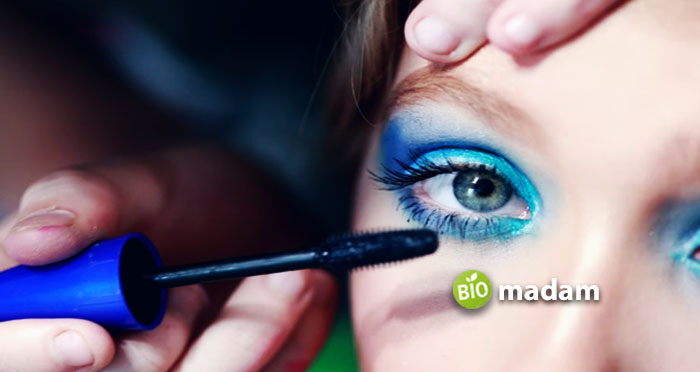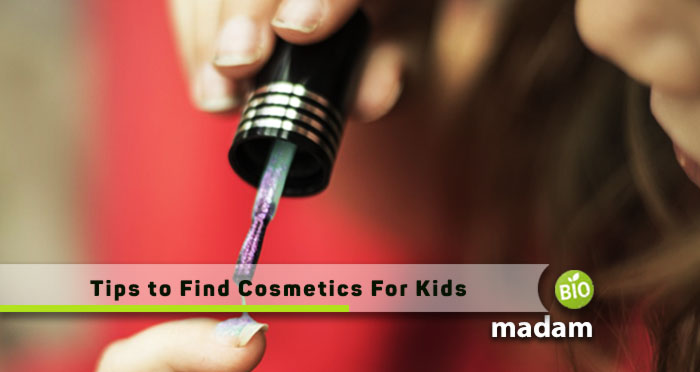The skin of kids is more delicate than adults. When it comes to cosmetics, kids are often sensitive to ingredients that are found in products for adults. This means that they need to find hypoallergenic ones, which are less likely to cause a reaction and can be used on their skin without worrying about any negative side effects.
What Makes a Cosmetic Product Hypoallergenic?
To find the best hypoallergenic cosmetics for your child, it’s important to understand what makes a cosmetic product hypoallergenic as well as how to identify those products. So we’ll be looking at the aspects of buying and using hypoallergenic cosmetics on kids, especially the benefits of natural baby products instead of chemically-induced ones. Generally speaking, the term “hypoallergenic” means that a product is less likely to cause an allergic reaction. Although everyone reacts differently, 3 main factors can determine whether or not a person will have a negative reaction after using a product:
- the ingredients in the products
- how their skin is reacting to the formula and
- whether or not their body is producing a certain type of oil that could trigger a negative reaction.
To ensure that your child doesn’t develop an allergy to a particular brand or product, look for hypoallergenic cosmetics including non-comedogenic and fragrance-free products. If you notice any signs of irritation on the skin after trying out different types of hypoallergenic cosmetics such as redness, itchy, dryness, and/or swelling, stop using the product immediately and talk to your doctor about ways in which you can solve this issue with another product. When considering making the switch from conventional products to hypoallergenic ones, there are several things you need to consider.

1. Do a Patch Test
Before using a new product, be sure to do a patch test and check for any kind of reactions or irritation before applying it all over the face and body.
2. Make the Switch Gradually
If you’re considering making the switch from conventional products to hypoallergenic ones, carry out this change gradually so that your child’s skin has time to adjust. You can start by trying out hypoallergenic cosmetics on half of their face and then continue by testing other areas such as the neck and arm to ensure that there are no problems with their skin before continuing with these types of cosmetics.
3. Check the Ingredient List
When looking to purchase hypoallergenic cosmetics for your kids, check the ingredient list to determine whether or not it’s free of common skin irritants. If you’re in doubt about a particular ingredient, don’t take the risk and opt for another product that doesn’t contain this item instead.
4. Avoid Parabens
Parabens are often found in conventional cosmetic products however they can irritate certain individuals which makes hypoallergenic products a better option when considering what cosmetics to use on your child.
5. Keep Allergies in Mind
If your child suffers from allergies, keep this in mind when deciding which type of cosmetic products to choose as kids are more prone to developing an allergy especially when they’re in their late teens.

6. Use Natural Products
To find the best hypoallergenic products for your child, you should use natural products that don’t contain a lot of additives and chemicals since this is a common trigger when it comes to allergies in children.
7. Avoid Ingredients with Alcohol
Ingredients containing alcohol are often found in conventional cosmetic products however these can cause irritation in sensitive skin which makes hypoallergenic cosmetics a better option if you want to avoid negative side effects altogether.
8. Check the Product’s Expiration Date
Any product containing water or perspiration can expire quickly, so check the expiration date before purchasing them and finding out that they’ve started to change color or smell different after a certain period.
9. Look for the Right Formula
When looking for hypoallergenic products, look for water-based ones instead of oil-based ones since the latter can clog pores and cause breakouts or rashes in some cases. Children are especially prone to developing an allergy to cosmetics in their late teens, so using hypoallergenic options is a good idea when considering what cosmetics types to use.
10. Don’t Forget Sunscreen
To add another layer of protection from sunlight on top of using sunscreen, you should choose hypoallergenic cosmetics that have SPF included in their formula so that your child is covered from head to toe when heading out into the sun whether it’s during summer or wintertime.

Hypoallergenic children’s products are a great option for kids as they’re less likely to cause an allergic reaction and these tips will help you find the right ones. A patch test, gradual switching, checking off ingredients, avoiding parabens, considering allergies, using natural products, avoiding alcohol-based ingredients, and checking expiration dates before purchasing are advised so your kid’s skin does not have any negative reactions. Water-based formula with a lot of SPF included is a good choice since this offers protection from both hot or cold weather seasons while keeping their sensitive skin safe from the sun’s harmful UV rays.

Hi, they call me Jenna, and I am also known for achieving a gold medal during my Ph.D. in science life. I always had a dream to educate people through my utmost writing hobby. So, I chose this blogging path, and Biomadam gave me this opportunity to present for them. I now stand to entertain you. Continue reading my articles & discuss if you’ve any confusion through the comment section below.

